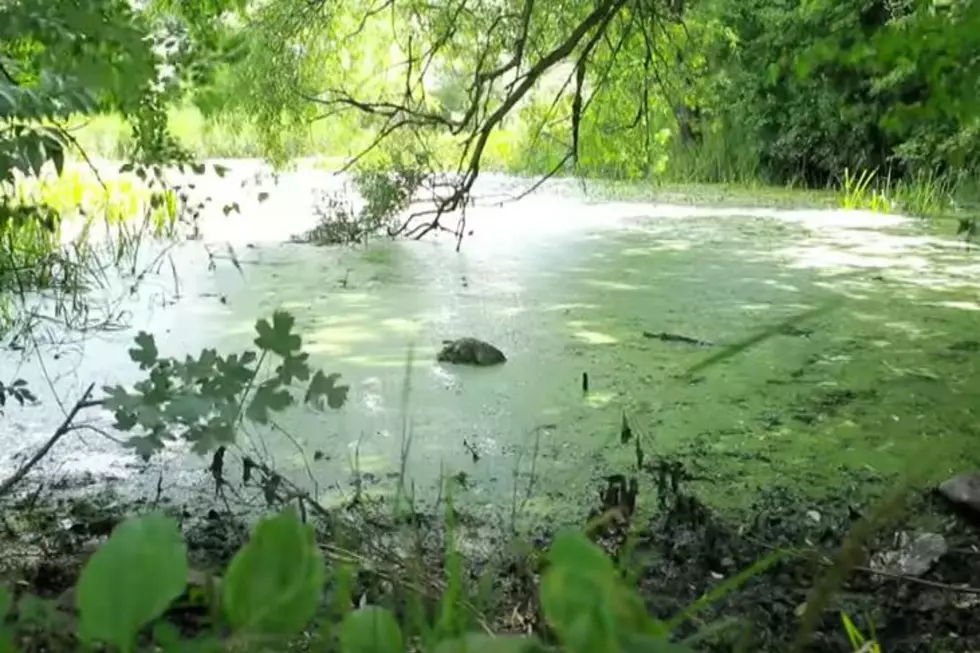
This Idaho Algae Bloom Can Cause Fatal Rashes And Poison Pets
As the weather in southern Idaho begins to get warmer and families start to spend time at area rivers, lakes, and ponds, people need to watch out for a threat that is often ignored or camouflaged by its surroundings. It's not a matter of if potentially fatal algae blooms form in state waters, but when.
It's the time of year once again when Cyanobacteria starts forming and spreading in Idaho waters. The highly toxic algae arrives in the form of a layer that looks like bluish-green paint swirling about on the top of primarily river and lake water. The bacteria can also take a shade of red, white, or brown, and produce an unpleasant odor, according to idahopublichealth.com.
I once kayaked through what I believed to be Cyanobacteria in the Stanley Lake area, and I can say it's definitely something you don't want to get in contact with. If the bacteria enters a human's bloodstream through a bug bite or other open wound, it can produce Cellulitis, which if left untreated can spread throughout the body and potentially result in Sepsis.

If ingested by humans or pets from swallowing the bacteria, the toxic substance can present the same dangers. Symptoms of Cyanobacteria poisoning include a sore throat, rash, blisters, cough, and fever. Seek immediate medical attention if you believe someone has been exposed to the bacteria.
Please be safe when out enjoying Idaho waters, and avoid swimming near anything that looks suspect.
Idaho Regatta
Is This Poison Ivy on the Box Canyon Trail?
Beautiful and Dangerous Ice In Snake River Canyon
More From 95.7 KEZJ









